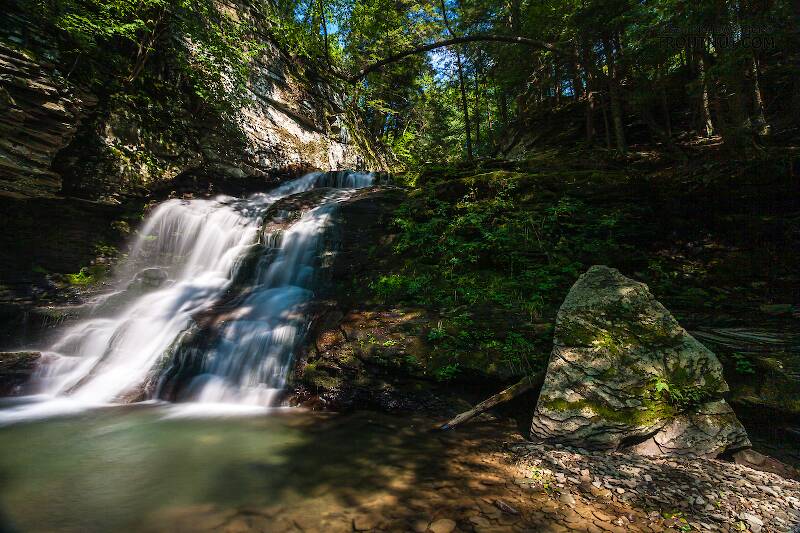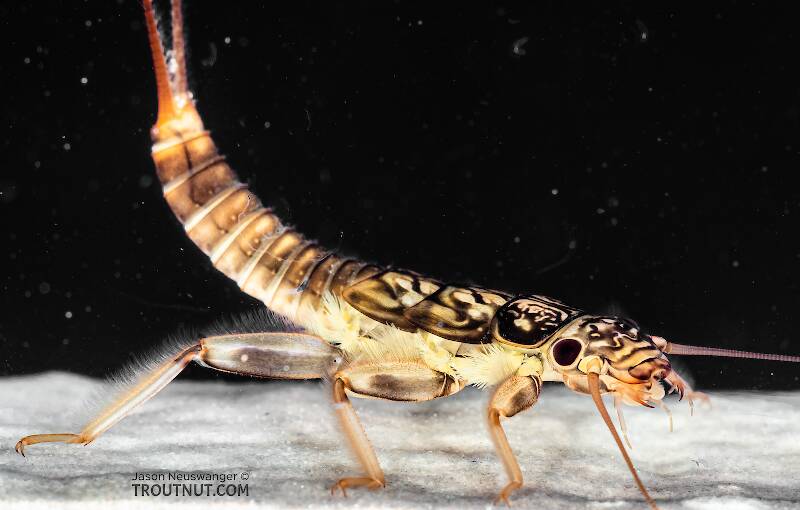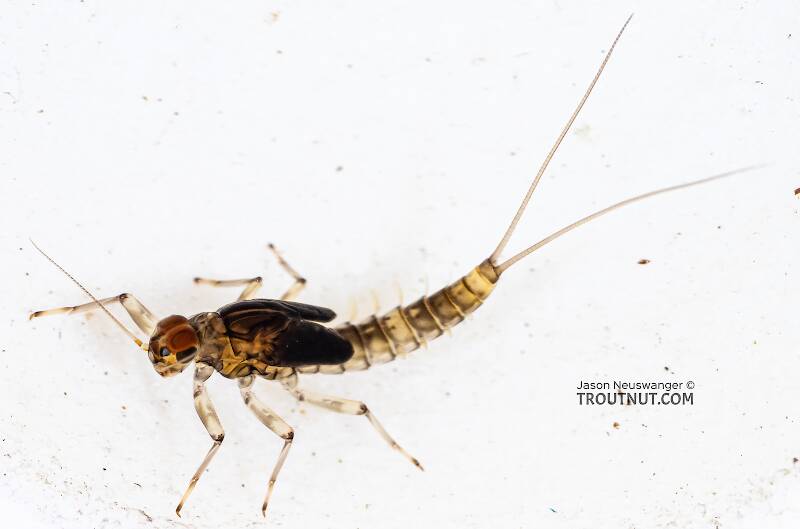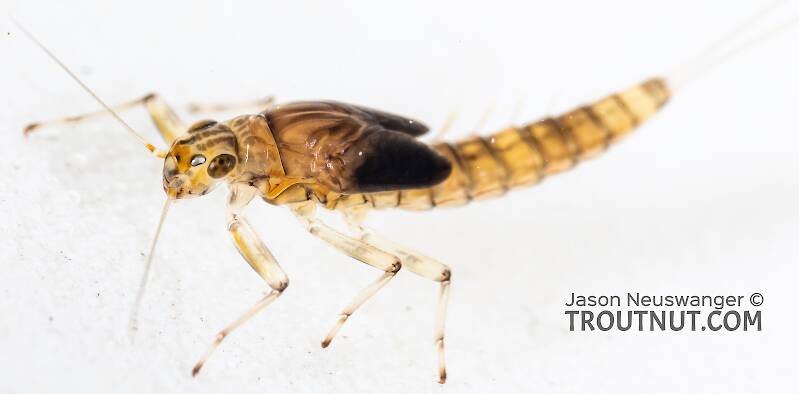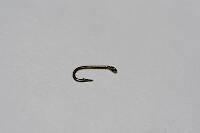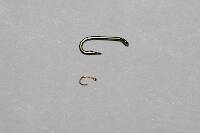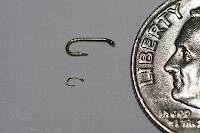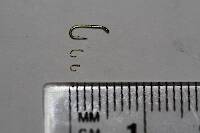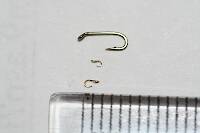
Salmonflies
Pteronarcys californica
The giant Salmonflies of the Western mountains are legendary for their proclivity to elicit consistent dry-fly action and ferocious strikes.
Featured on the forum

This is an interesting one. Following the keys in Merritt R.W., Cummins, K.W., and Berg, M.B. (2019) and Jacobus et al. (2014), it keys clearly to Ephemerella. Jacobus et al provide a key to species, but some of the characteristics are tricky to interpret without illustrations. If I didn't make any mistakes, this one keys to Ephemerella mucronata, which has not previously been reported any closer to here than Montana and Alberta. The main character seems to fit well: "Abdominal terga with prominent, paired, subparallel, spiculate ridges." Several illustrations or descriptions of this holarctic species from the US and Europe seem to match, including the body length, tarsal claws and denticles, labial palp, and gill shapes. These sources include including Richard Allen's original description of this species in North America under the now-defunct name E. moffatae in Allen RK (1977) and the figures in this description of the species in Italy.

Troutnut is a project started in 2003 by salmonid ecologist Jason "Troutnut" Neuswanger to help anglers and
fly tyers unabashedly embrace the entomological side of the sport. Learn more about Troutnut or
support the project for an enhanced experience here.
By Troutnut on April 11th, 2021
I was out in the Issaquah Alps doing some puppy training yesterday and decided to bring my bug-collecting stuff along. Mostly it was an excuse to get more practice with my new microscope and test out a new system for holding bugs I've sorted to photograph.
Previously, I've had some sensitive specimens quickly die after being sorted into their own separate containers or compartments, either because the water warms up more quickly in the compartments or the oxygen runs out. This leads to specimens that aren't in ideal shape for photos. To solve the problem, I drilled holes in an ice cube tray and gorilla glued some little squares of 250-micron Nitex mesh (drift sampling net material) to the outside. Then I stick the whole thing in a tub of aerated water with a freezer block. This allows me to separate different types of bugs into lots of compartments, while still having them aerated and cooled from a common, larger reservoir of water.

It worked great. Some typically fragile Baetids and Heptageniids stayed in good shape for a very long time, more than long enough to take photos. I didn't photograph any of the Heptageniids, though, because they were Cinygmula and Rhithrogena nymphs for which there are no species keys available.
My favorite new addition was Claassenia sabulosa, a very pretty golden stonefly nymph.

There were also a lot of Hesperoperla pacifica nymphs in the sample, but I already have good photos of those.
Previously, I've had some sensitive specimens quickly die after being sorted into their own separate containers or compartments, either because the water warms up more quickly in the compartments or the oxygen runs out. This leads to specimens that aren't in ideal shape for photos. To solve the problem, I drilled holes in an ice cube tray and gorilla glued some little squares of 250-micron Nitex mesh (drift sampling net material) to the outside. Then I stick the whole thing in a tub of aerated water with a freezer block. This allows me to separate different types of bugs into lots of compartments, while still having them aerated and cooled from a common, larger reservoir of water.

It worked great. Some typically fragile Baetids and Heptageniids stayed in good shape for a very long time, more than long enough to take photos. I didn't photograph any of the Heptageniids, though, because they were Cinygmula and Rhithrogena nymphs for which there are no species keys available.
My favorite new addition was Claassenia sabulosa, a very pretty golden stonefly nymph.

There were also a lot of Hesperoperla pacifica nymphs in the sample, but I already have good photos of those.
Closeup insects by Troutnut from Holder Creek in Washington
Quick Reply
Related Discussions
Topic
Replies
Last Reply
3
Feb 12, 2009
by Creno
by Creno

